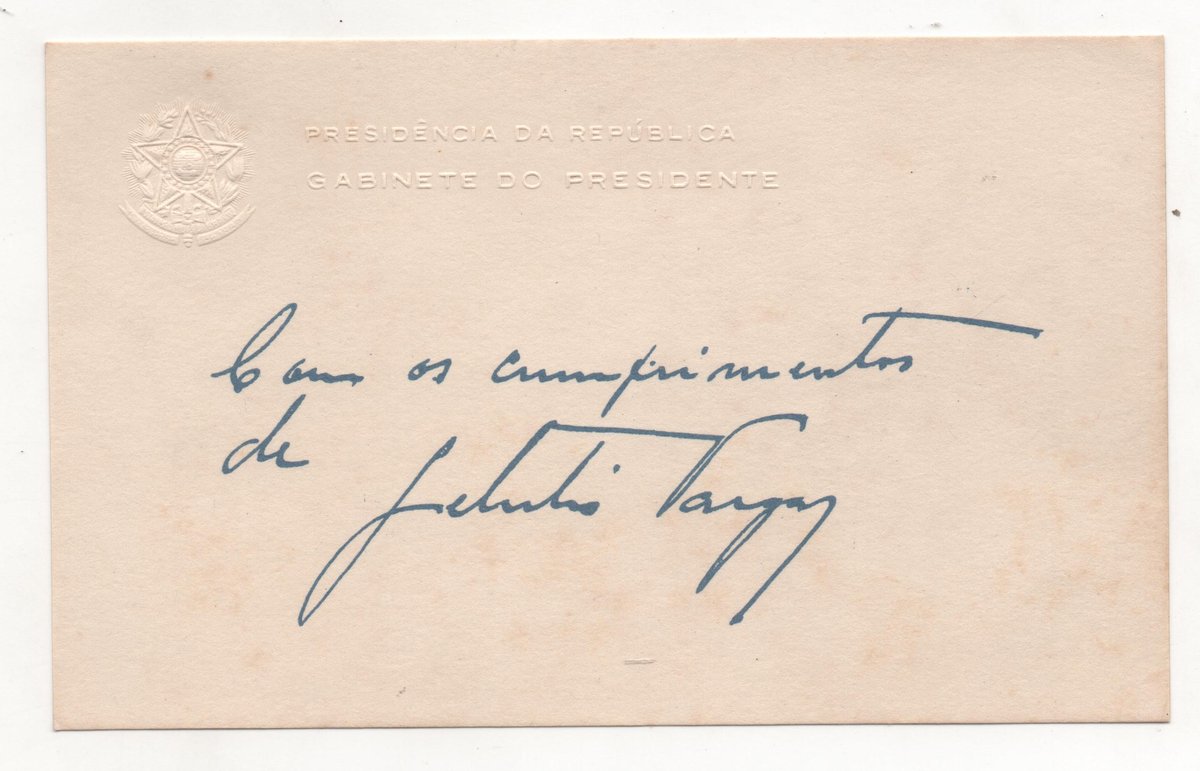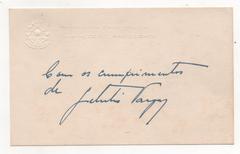
Catete Palace: Visiting Hours, Tickets, and Historical Guide to a Rio de Janeiro Landmark
Date: 14/06/2025
Introduction
Catete Palace (Palácio do Catete), nestled in Rio de Janeiro’s Flamengo district, is a monumental symbol of Brazil’s imperial and republican past. Constructed in the late 19th century as a lavish private residence and later serving as the nation’s presidential palace, the building now houses the Museu da República (Museum of the Republic). Catete Palace offers an immersive experience into Brazil’s political evolution, architectural splendor, and vibrant cultural heritage, making it a must-visit destination for history enthusiasts and travelers alike (Imaginario de Janeiro; Google Arts & Culture; Wikipedia; Museu da República).
Table of Contents
- Introduction
- Origins and Construction (1858–1867)
- Transition to Government Seat
- Political Milestones and Events
- Architectural and Artistic Highlights
- The Palace Gardens
- Visiting Information: Hours, Tickets, and Accessibility
- Museum Function and Preservation
- Legacy and Significance
- FAQs
- Planning Your Visit
- References
Origins and Construction (1858–1867)
Commissioned in 1858 by Antônio Clemente Pinto, the Baron of Nova Friburgo, Catete Palace was envisioned as a testament to elite status and European aspirations in 19th-century Brazil. German architect Carl Friedrich Gustav Waehneldt designed the neoclassical palace, which was completed in 1867. Sumptuous interiors featured imported marble, stucco work, frescoed ceilings, and fine European furnishings—reflecting the social ambitions and cosmopolitan tastes of Brazil’s aristocracy (Wikipedia; ICOMOS; Imaginario de Janeiro).
From Private Residence to Government Seat
After passing through the hands of several owners, the palace was acquired by the Federal Union in 1896. In 1897, Catete Palace became the official presidential residence and headquarters, replacing the Itamaraty Palace. For over six decades, it was the locus of executive power, hosting 18 presidents and major state functions (Wikipedia; Imaginario de Janeiro).
Political and Historical Milestones (1897–1960)
Catete Palace witnessed pivotal moments in Brazilian history:
- The death of President Afonso Pena in office (1909)
- Brazil’s entry into World War I (1917) and World War II (1942)
- Visits from international dignitaries, including Cardinal Eugenio Pacelli (the future Pope Pius XII)
- The suicide of President Getúlio Vargas in 1954, a turning point in Brazilian politics, memorialized in the preserved presidential bedroom (Imaginario de Janeiro; Rio Travel; Google Arts & Culture)
Architectural and Artistic Highlights
Catete Palace exemplifies neoclassical architecture, with eclectic elements that reflect Brazil’s evolving cultural identity.
Key features include:
- A grand marble staircase and blue stained-glass window
- The Louis XV Blue Room, Noble Room, Pompeian Hall, and Moorish Hall, each representing distinct artistic influences
- Intricate ceiling frescoes, parquet flooring, and period furnishings
- Iconic bronze eagle sculptures by Rodolfo Bernardelli, earning the palace its nickname “Palácio das Águias” (Imaginario de Janeiro; Google Arts & Culture; World Top Top)
The interiors are a showcase of craftsmanship and imported luxury, blending European and Brazilian motifs and offering a window into the social hierarchies and artistic trends of the time.
The Gardens and Surroundings
The palace’s 24,000-square-meter gardens, designed in romantic style, feature palm trees, lakes, bridges, statues, and winding paths. These tranquil grounds are open to the public year-round, providing a peaceful retreat from urban Rio. The gardens also host cultural events and are a favorite spot for locals and visitors alike (ICOMOS; Imaginario de Janeiro).
Visiting Catete Palace: Hours, Tickets, and Accessibility
Current Status (as of June 2025)
- Main Palace: Temporarily closed for restoration, with reopening planned for May 2025. The gardens remain open.
- Gardens: Open daily from 8:00 am to 6:00 pm (Flamengo Beach Gate: weekdays only).
Regular Palace Hours (when open)
- Tuesday to Friday: 10:00 am – 5:00 pm
- Saturday, Sunday, holidays: 11:00 am – 6:00 pm
- Closed on Mondays and public holidays
- Last entry: 30 minutes before closing
Tickets and Admission
- Standard: R$ 6,00
- Free: Wednesdays and Sundays; teachers, seniors (60+), children under 10
- 50% Discount: Students under 21
- Audio guides (when available): R$ 8,00
Accessibility
- Wheelchair accessible areas and ramps; some historic rooms may have limited access
- Gardens are generally accessible
Getting There
- Address: Rua do Catete, 153, Catete, Rio de Janeiro, RJ
- Metro: Catete Station (Line 1)
- Bus: Several lines serve the area
- Parking: Limited, available nearby
Facilities
- Guided Tours: Primarily in Portuguese, with limited availability in English and Spanish. Advance booking recommended for groups and bilingual tours.
- Café & Bookshop: Available when the palace is open
- Photography: Allowed for personal use; professional photography requires authorization
(Museu da República; whichmuseum.com; riodejaneirobycariocas.com)
Museum Function and Preservation
After the capital moved to Brasília in 1960, Catete Palace became the Museu da República, dedicated to preserving Brazil’s republican history. The museum’s collection of over 11,000 items includes presidential artifacts, period furniture, documents, photographs, and personal effects. Notable exhibits include:
- The preserved office and bedroom of Getúlio Vargas
- Historical documents and campaign materials
- Temporary exhibitions focused on politics, art, and culture
Guided tours, educational programs, and cultural events help bring the site’s history to life. While most interpretive materials are in Portuguese, visual displays and the authenticity of the preserved spaces provide a rich experience for all visitors (Museu da República; whichmuseum.com).
Legacy and Significance
Catete Palace is a vital landmark in understanding Brazil’s transformation from empire to republic. Its architecture, art, and political symbolism embody the country’s aspirations and challenges. The palace has also witnessed moments of national triumph and tragedy, most notably President Vargas’s death, which remains deeply etched in Brazil’s collective memory (Google Arts & Culture; Imaginario de Janeiro).
Today, the museum and gardens serve as vibrant public spaces, hosting exhibitions, performances, and educational initiatives that foster civic engagement and cultural appreciation.
Frequently Asked Questions (FAQ)
Q: What are the current opening hours of Catete Palace?
A: The palace is temporarily closed for restoration as of June 2025, with reopening planned for May 2025. Gardens are open daily, 8:00 am–6:00 pm.
Q: How much does admission cost?
A: Standard ticket is R$ 6,00. Entry is free on Wednesdays and Sundays, and discounts are available.
Q: Is the palace accessible for people with disabilities?
A: Yes, most public areas are accessible, though some historic rooms may have limitations.
Q: Are guided tours available?
A: Yes, mainly in Portuguese. Limited English and Spanish tours may be available—check in advance.
Q: Can I take photographs inside the museum?
A: Personal photography is allowed, but professional photography requires permission.
Q: How do I get there?
A: Take Metro Line 1 to Catete Station or use local bus lines.
Planning Your Visit and Staying Connected
- Check the official Museu da República website for the latest updates on reopening, ticketing, and special events.
- Download the Audiala app for guided audio tours and current exhibition information.
- Consider combining your visit with nearby attractions such as Flamengo Park, the Museum of Modern Art, or the Rio de Janeiro Botanical Garden for a full day of cultural exploration.
- Follow the museum and local tourism platforms on social media for real-time updates and travel tips.
Recommended Visuals:
Include high-quality photos of the palace exterior, interior rooms, bronze eagle sculptures, and gardens, with optimized alt text for accessibility and SEO (e.g., “Catete Palace visiting hours,” “Catete Palace tickets,” “Rio de Janeiro historical sites”).
Interactive Resources:
Explore virtual tours and digital exhibits via Google Arts & Culture.
Summary
Catete Palace is a cornerstone of Brazilian heritage, bridging Brazil’s imperial legacy with its republican and modern identities. Despite temporary closures for restoration, its gardens and enduring cultural role make it a rewarding destination for visitors. Whether you’re drawn by its architecture, fascinated by its political history, or simply seeking a serene retreat, Catete Palace offers a compelling experience in the heart of Rio de Janeiro.
References and Further Reading
- Imaginario de Janeiro: Catete Palace Guide
- Google Arts & Culture: Catete Palace
- World Top Top: Catete Palace
- WhichMuseum: Museum of the Republic
- Museu da República Official Website
- Wikipedia: Catete Palace




















































